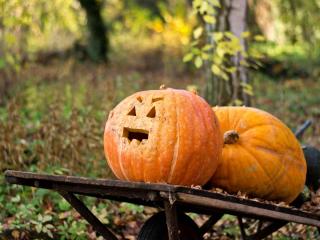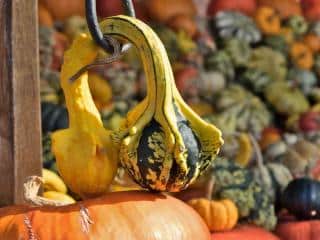

October 31st is Halloween! Are you aware of how this feast day started, and the reason behind the digging out of a pumpkin to make lanterns?
Discover the legend of the Jack O’Lantern…
Read also:

The Halloween tradition is to scare passers-by with terrifying lanterns made from carved and sculpted pumpkins.
It spread to an entire paraphernalia of fearful costumes and make-up: skeletons, zombies, witches, ghosts and vampires…
On Halloween, any reason is good to give or get a good scare, remember the dead in this Eve of All Saint’s Day (which is incidentally followed by the commemoration of all those who have passed away, on November 2).
Some might think that this event is typical of American culture, and shouldn’t apply to other countries in the West or in Europe. But actually, the original folkloric feast of Halloween was a pagan custom born 2500 years ago in the Anglo-celtic isles (Ireland and Scotland especially).
Its original name was the feast of Samain. It was celebrated on October 31st, lasted several days and marked the end of the year. In the VIIIth century, it was officially replaced by the feast of All Saint’s day by the Roman Catholic Church on November 1st, to transcend the meaning of that pagan feast.
The word “Halloween” comes from Old English “All Hallows Even”, which means “Eve of All Saints”.

Every October 31st, for centuries, tradition has thus celebrated the erring soul of Jack O’Lantern, placing a candle in a turnip, rutabaga or silverbeet.

When they saw pumpkins available there, they liked that it was larger and easier to dig out. To make things even nicer, when all lit up it shines in a deep orange hellish hue!

It may be that the Halloween marketing bustle feels fake and meaningless, but in any case the amazing fall riches that are gourds and pumpkins give us colorful vegetables to be thankful for, whether in the garden or as a lantern!
Read also: